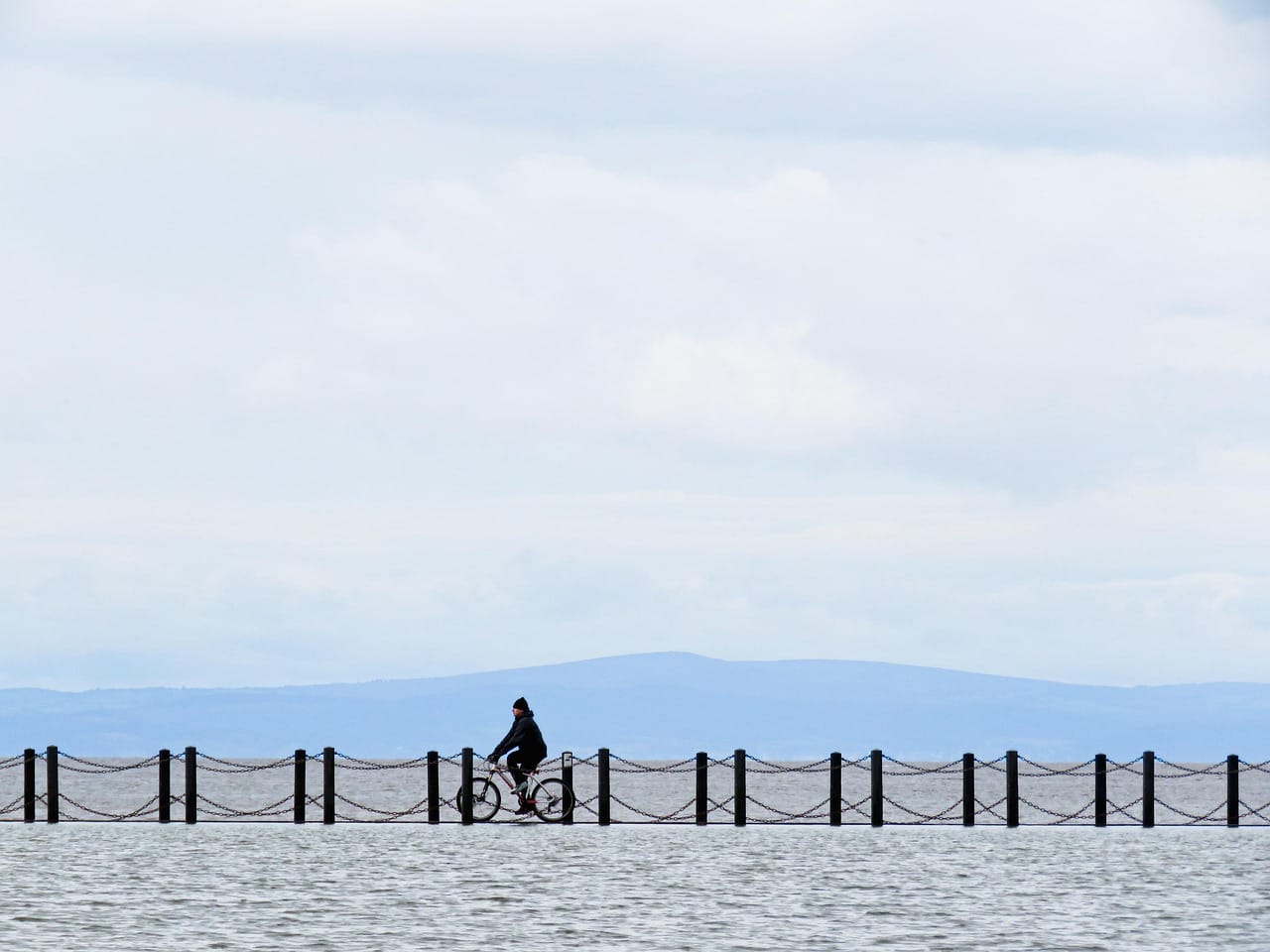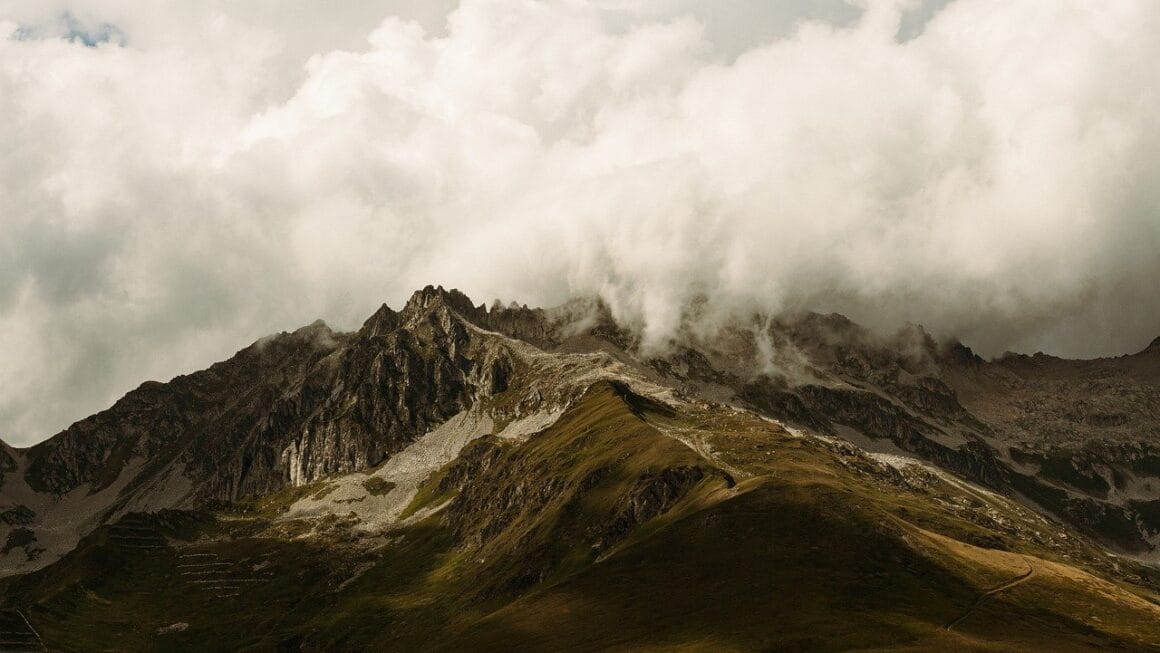Rock climbing: it’s more than just a sport; it’s an experience that challenges you physically and mentally, fosters a deep connection with nature, and unlocks a sense of accomplishment unlike any other. Whether you’re a seasoned mountaineer or a complete beginner looking for a new adventure, the world of rock climbing offers something for everyone. This guide will provide you with a comprehensive overview of rock climbing, covering everything from essential gear and techniques to finding the perfect climbing spot and staying safe. Get ready to ascend!
Getting Started with Rock Climbing
Understanding the Basics
Rock climbing involves using your hands and feet to ascend a rock face. There are several different styles of climbing, including:
- Bouldering: Climbing on short, challenging problems without ropes, typically over a crash pad.
- Sport Climbing: Using pre-placed bolts in the rock for protection, making it a relatively safe introduction to climbing.
- Traditional Climbing (Trad Climbing): Placing your own protection in the rock, requiring more experience and knowledge.
- Top-Roping: Climbing with a rope already anchored at the top of the route, ideal for beginners.
Each style requires different skills and equipment, but the fundamental goal remains the same: to reach the top!
Essential Gear for Rock Climbing
Having the right gear is crucial for safety and performance. Here’s a breakdown of essential equipment:
- Climbing Shoes: Specialized shoes with sticky rubber for grip and a snug fit for precision.
Example: For beginners, look for shoes with a flatter sole and a more comfortable fit. Brands like La Sportiva and Evolv offer excellent entry-level options.
- Harness: A piece of equipment worn around the waist and legs, connecting you to the rope.
- Rope: A dynamic rope designed to absorb the impact of a fall.
Example: A single rope with a diameter of 9.5-10.2mm is a good all-around choice for beginners.
- Belay Device: Used to control the rope and safely belay (protect) your climbing partner.
Example: A GriGri is a popular assisted-braking belay device that is relatively easy to learn.
- Locking Carabiners: Used to connect various pieces of gear and ensure secure connections.
- Helmet: Protects your head from falling rocks and potential falls.
- Chalk Bag and Chalk: Chalk absorbs moisture and improves grip.
Finding a Climbing Gym or Instructor
- Climbing Gyms: A great place to start learning the basics in a safe and controlled environment. They offer:
Introductory classes for beginners.
Rental gear.
A variety of routes and bouldering problems to suit different skill levels.
- Certified Instructors: Consider taking lessons from a certified climbing instructor. They can teach you:
Proper climbing techniques.
Belaying skills.
Safety procedures.
- Actionable Takeaway: Start with an introductory class at a climbing gym to learn the basics and get comfortable with the equipment.
Climbing Techniques and Training
Basic Climbing Techniques
Mastering fundamental climbing techniques will significantly improve your efficiency and prevent injuries. Key techniques include:
- Footwork: Using your feet effectively is essential. Aim for precision and place your feet on holds quietly and deliberately.
Example: Imagine your feet are like hands and try to feel the hold before fully committing your weight.
- Body Positioning: Keep your weight close to the wall and maintain a relaxed posture.
Example: Avoid “barn dooring” (swinging away from the wall) by keeping your hips close and engaging your core.
- Using Your Legs: Your legs are much stronger than your arms, so use them to push yourself up the wall.
- Reading the Route: Before you start climbing, take a few minutes to study the route and plan your moves.
Example: Look for sequences of holds that allow you to move efficiently and rest when possible.
Strength and Endurance Training
Climbing requires a combination of strength and endurance. Here are some exercises to improve your climbing performance:
- Pull-ups: Strengthen your back and arms.
- Push-ups: Build upper body strength.
- Core Exercises: Planks, Russian twists, and leg raises improve stability and power.
- Fingerboard Training: Improves finger strength, but should be approached with caution to avoid injury. Start with low intensity and gradually increase the difficulty.
- Campus Board Training: A more advanced form of training that builds dynamic strength.
Mental Strategies for Climbing
Climbing is just as much a mental game as it is a physical one. Strategies for improving mental fortitude include:
- Visualization: Imagine yourself successfully completing the route before you start climbing.
- Positive Self-Talk: Encourage yourself and focus on your strengths.
- Managing Fear: Acknowledge your fear and take steps to manage it, such as taking deep breaths or breaking the route down into smaller sections.
- Focus: Stay present and concentrate on each move, rather than getting overwhelmed by the entire route.
- Actionable Takeaway: Practice footwork drills and incorporate strength training exercises into your routine to improve your climbing performance.
Types of Rock Climbing and Where to Find Them
Bouldering: The Purest Form
Bouldering is a minimalist form of climbing performed on large boulders or short walls without the use of ropes or harnesses. Climbers rely on crash pads (thick mats) to protect them from falls.
- Popular Bouldering Areas: Bishop (California, USA), Fontainebleau (France), Rocklands (South Africa).
- Benefits:
Excellent for building strength and technique.
Accessible – no rope or partner required.
Social activity.
Sport Climbing: Safety and Accessibility
Sport climbing involves climbing routes that have pre-placed bolts in the rock. Climbers clip their rope into these bolts as they ascend, providing protection in case of a fall.
- Popular Sport Climbing Areas: Red River Gorge (Kentucky, USA), Siurana (Spain), Kalymnos (Greece).
- Benefits:
Relatively safe due to the pre-placed bolts.
Ideal for developing technique and endurance.
Accessible to climbers of all levels.
Trad Climbing: Adventure and Self-Reliance
Traditional climbing (trad climbing) involves placing your own protection (cams, nuts, etc.) into cracks and crevices in the rock. This requires significant experience, skill, and knowledge of gear placement.
- Popular Trad Climbing Areas: Yosemite National Park (California, USA), Squamish (British Columbia, Canada), Peak District (England).
- Benefits:
Offers a greater sense of adventure and self-reliance.
Develops problem-solving skills and technical expertise.
Connects you with the natural environment in a unique way.
- Actionable Takeaway: Research different climbing areas based on your skill level and preferred style of climbing.
Staying Safe While Rock Climbing
Essential Safety Practices
Safety is paramount in rock climbing. Always follow these essential safety practices:
- Double-Check Your Partner’s Belay: Before you start climbing, always double-check that your partner’s belay setup is correct.
- Communicate Clearly: Use clear and concise commands (e.g., “On belay,” “Climbing,” “Take,” “Slack,” “Off belay”).
- Inspect Your Gear: Regularly inspect your gear for signs of wear and tear. Replace any damaged equipment immediately.
- Know Your Limits: Don’t attempt routes that are beyond your skill level.
- Be Aware of Your Surroundings: Watch out for falling rocks and other hazards.
- Use a Helmet: Always wear a helmet to protect your head.
Understanding Climbing Grades
Climbing routes are graded to indicate their difficulty. The grading system varies depending on the location and the style of climbing. Understanding the grading system will help you choose routes that are appropriate for your skill level.
- Yosemite Decimal System (YDS): Used primarily in North America. The number before the decimal point indicates the general type of climb (e.g., 5 is rock climbing). The number after the decimal point indicates the difficulty (e.g., 5.10 is harder than 5.9).
- French Grading System: Used widely in Europe. Grades range from 3 to 9, with letters (a, b, c) and plus signs (+) used to further differentiate the difficulty.
- V-Scale (Vermin Scale): Used for bouldering. Grades range from V0 (easiest) to V16 (extremely difficult).
First Aid and Emergency Procedures
- Carry a First-Aid Kit: Include essential items such as bandages, antiseptic wipes, pain relievers, and blister treatment.
- Know Basic First Aid: Learn how to treat common climbing injuries such as sprains, cuts, and abrasions.
- Have a Communication Plan: Before you start climbing, establish a plan for communicating in case of an emergency.
- Know How to Call for Help: Be familiar with the local emergency contact information and how to signal for help.
- *Actionable Takeaway: Prioritize safety by following essential safety practices, understanding climbing grades, and being prepared for emergencies.
Conclusion
Rock climbing is an incredibly rewarding activity that offers a unique blend of physical and mental challenges. Whether you’re drawn to the simplicity of bouldering, the security of sport climbing, or the adventure of trad climbing, there’s a style of climbing to suit your preferences and abilities. By understanding the basics, mastering essential techniques, and prioritizing safety, you can embark on a lifelong journey of exploration and personal growth through the world of rock climbing. So, gear up, find your local climbing gym or crag, and start your ascent today!




